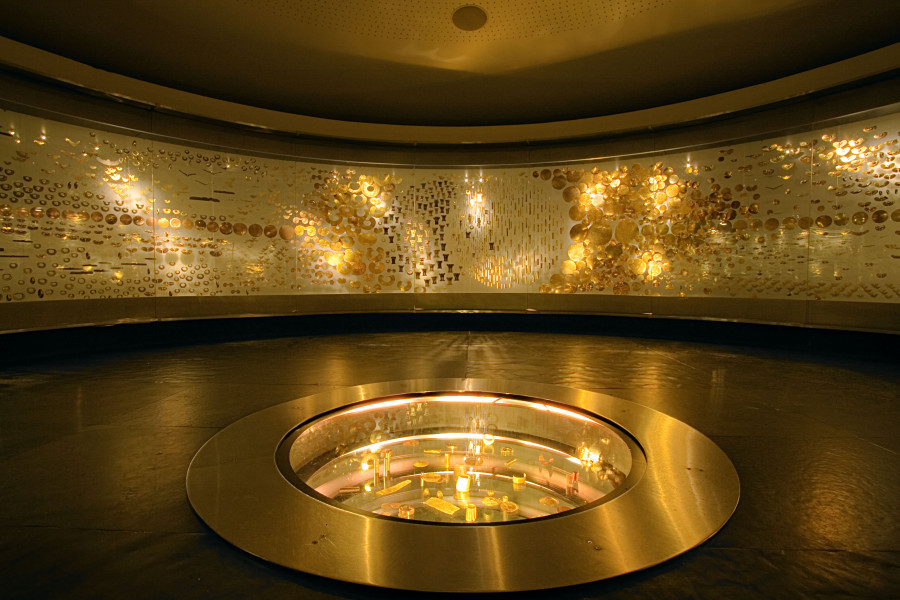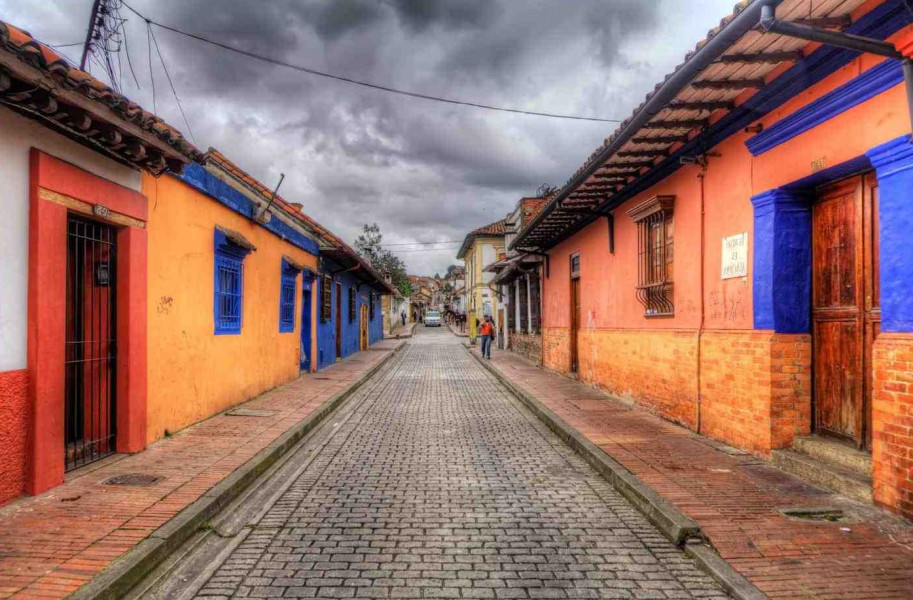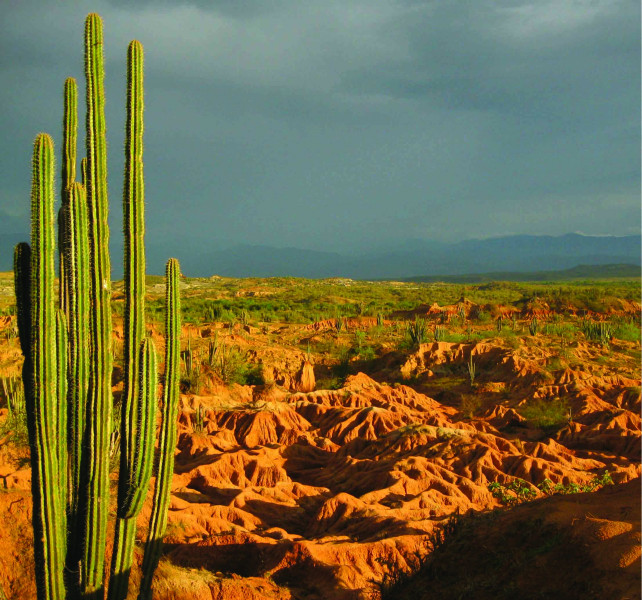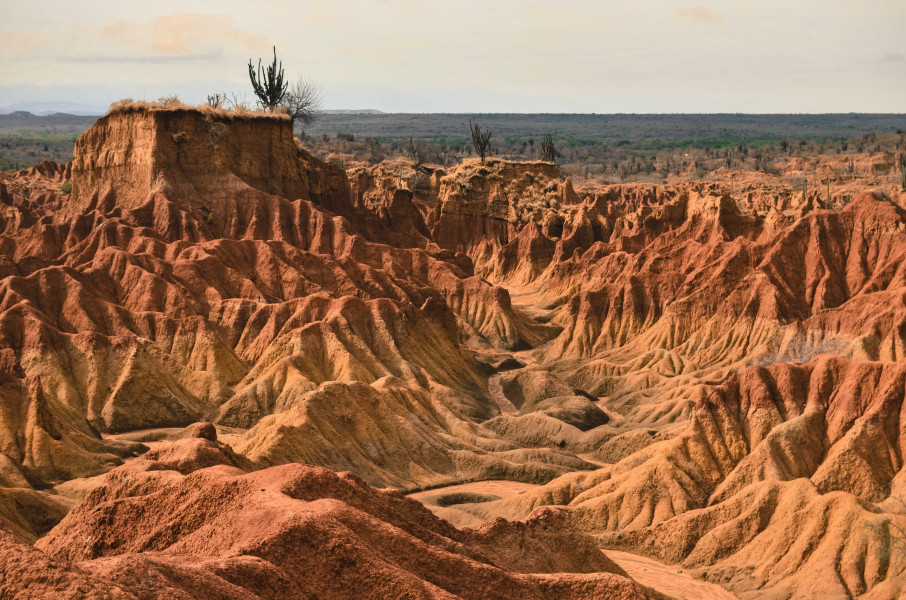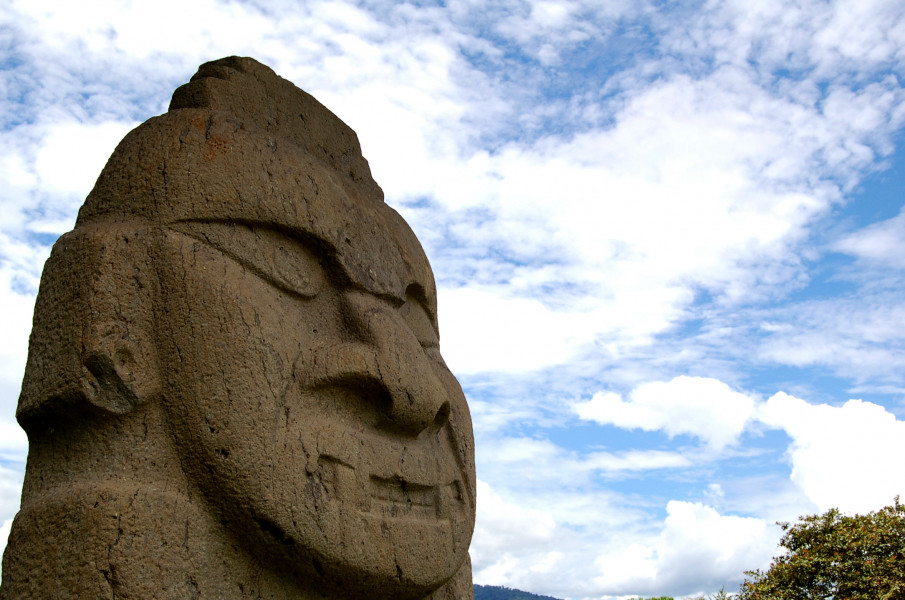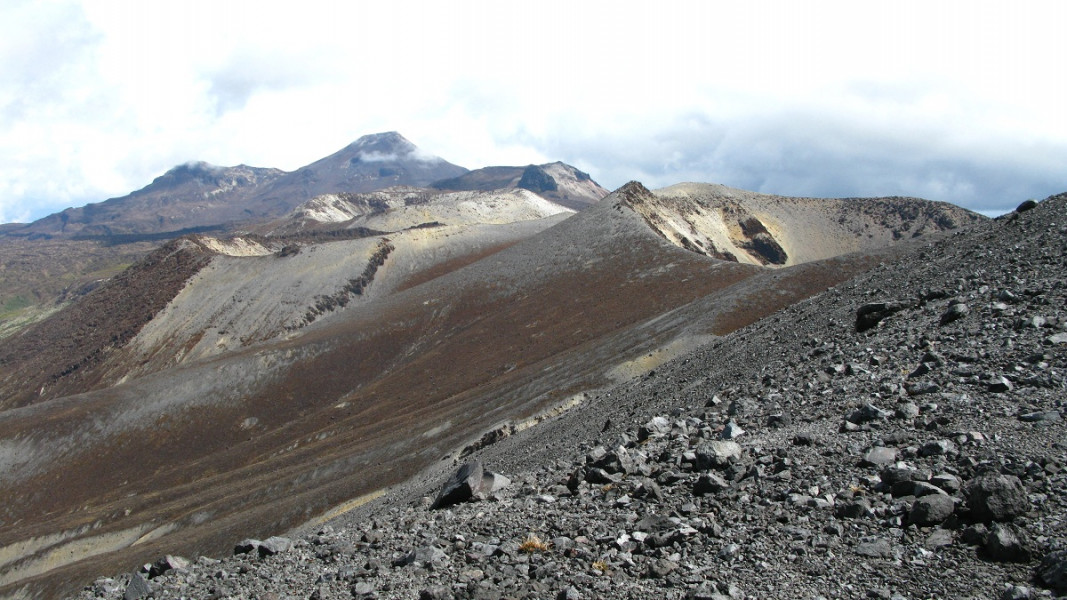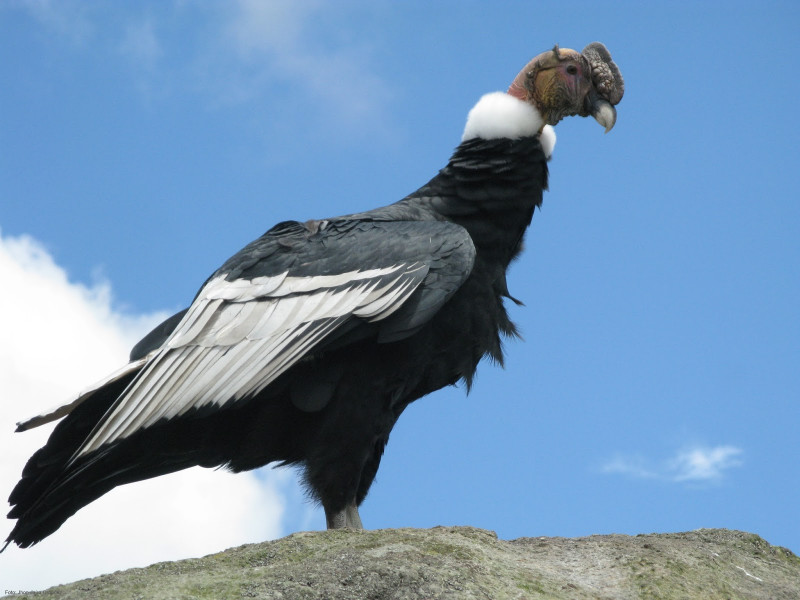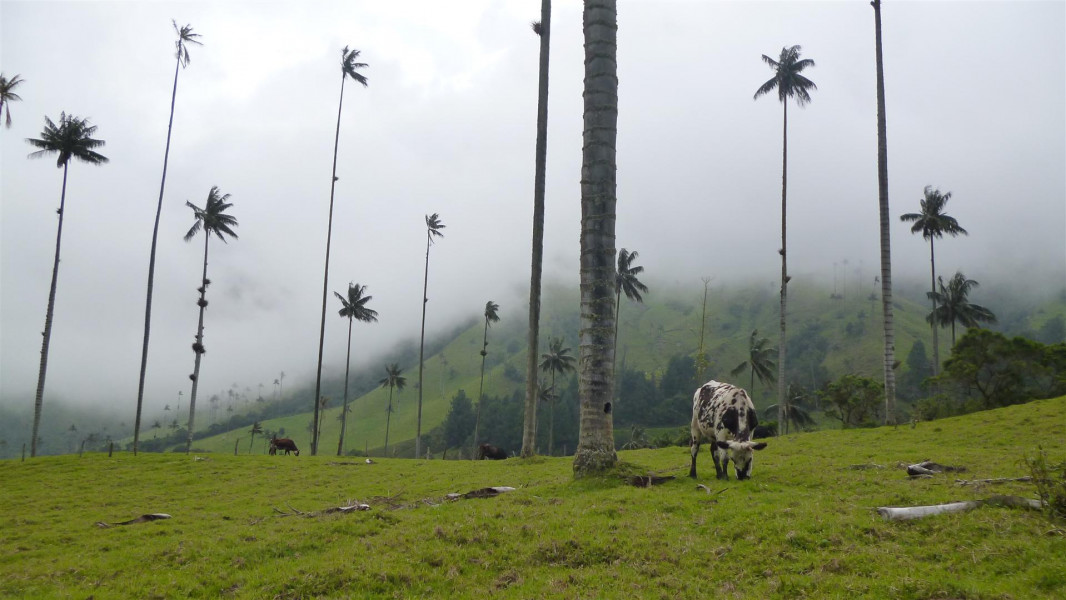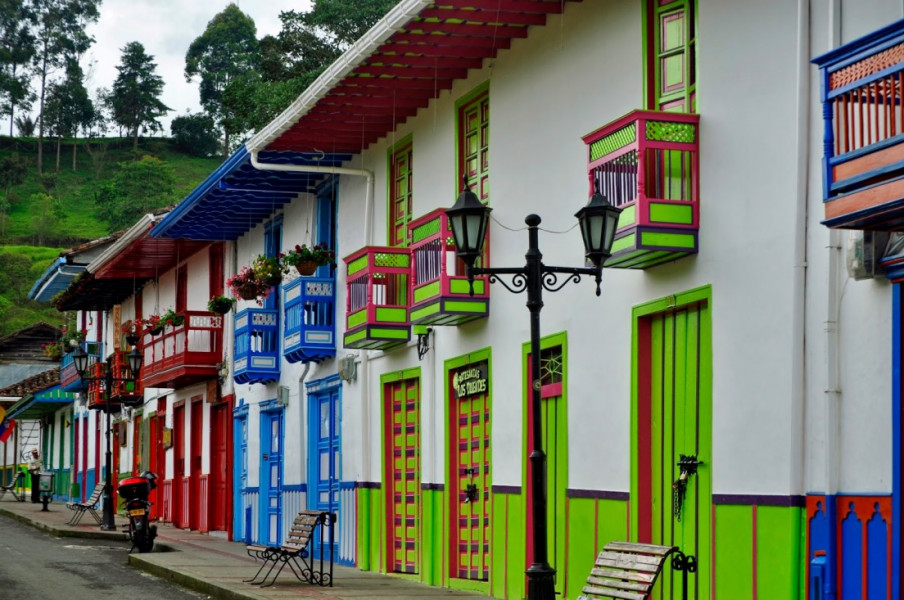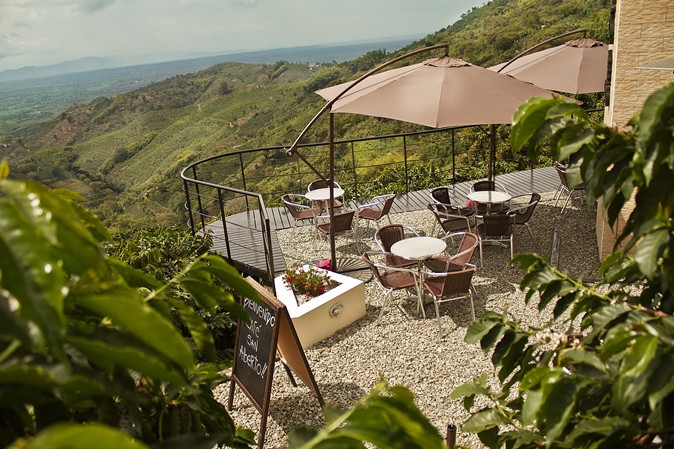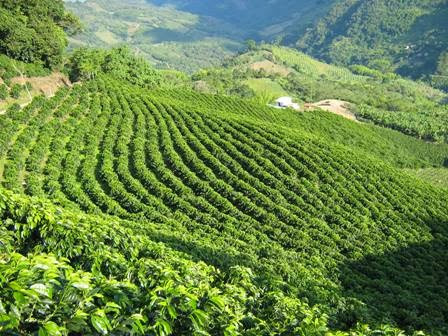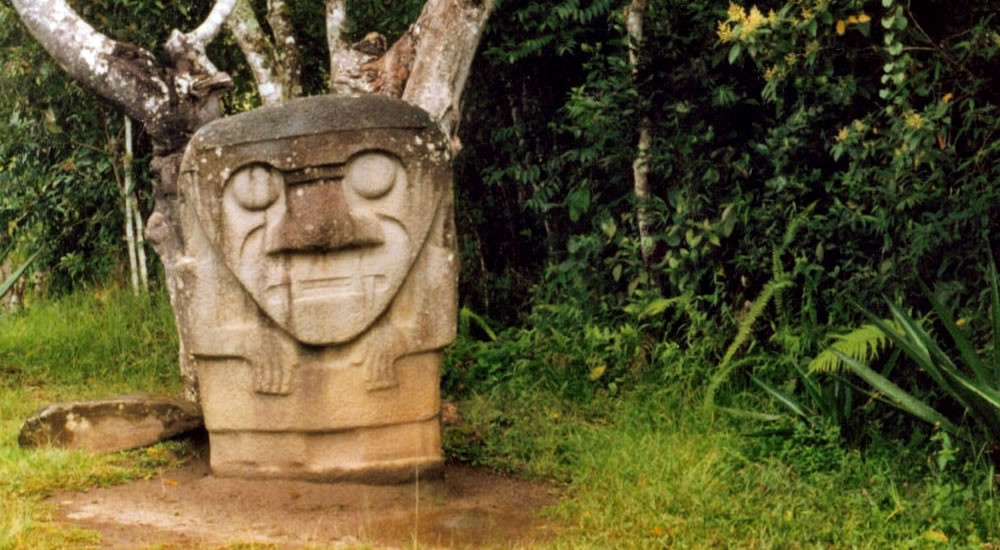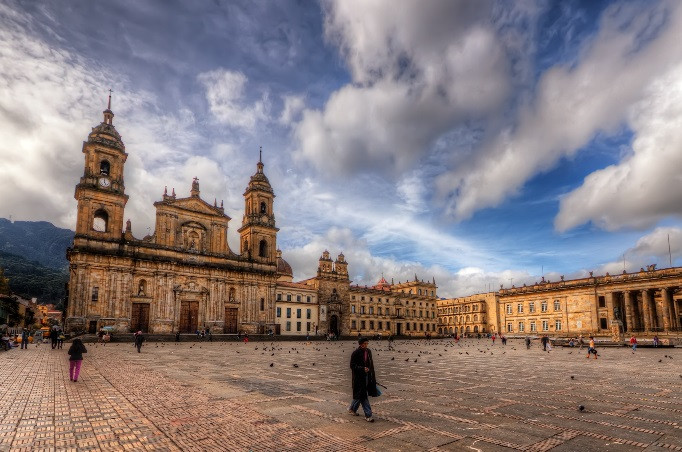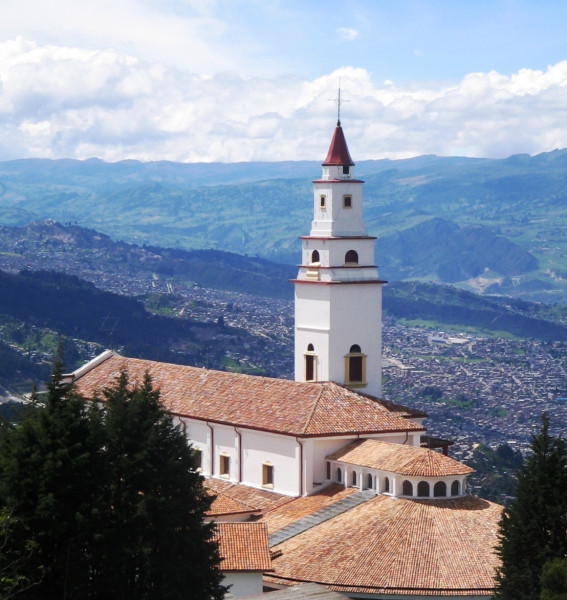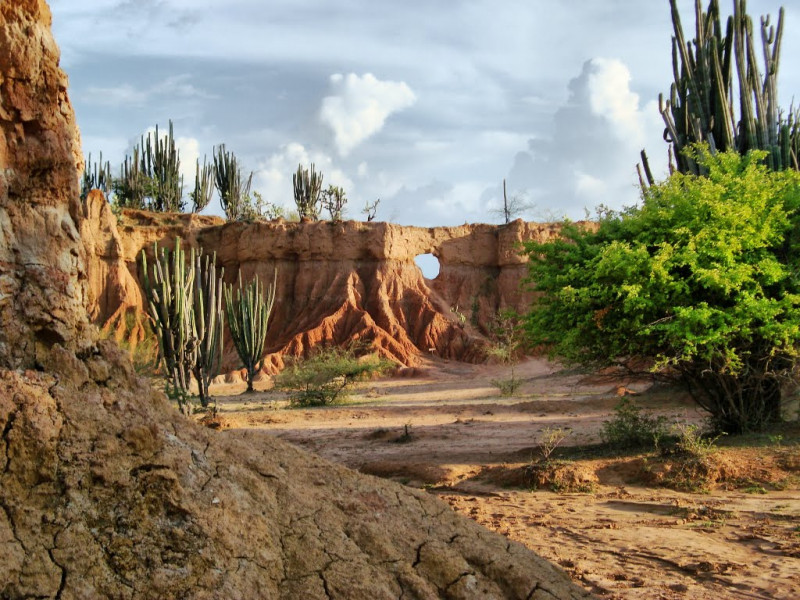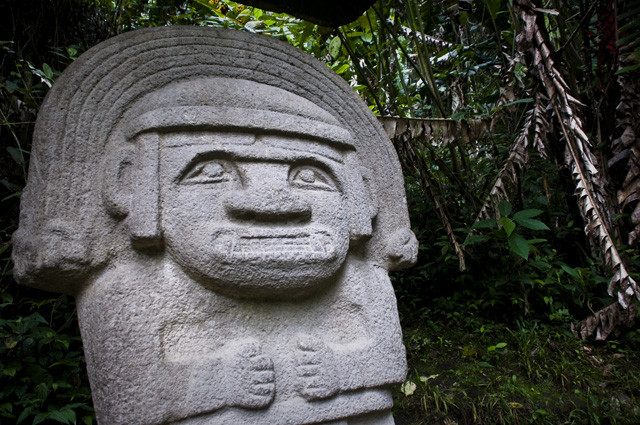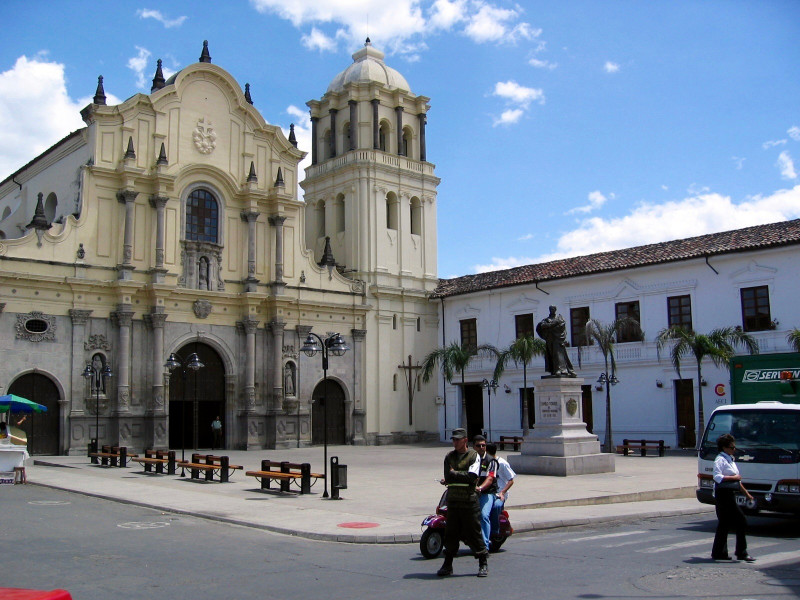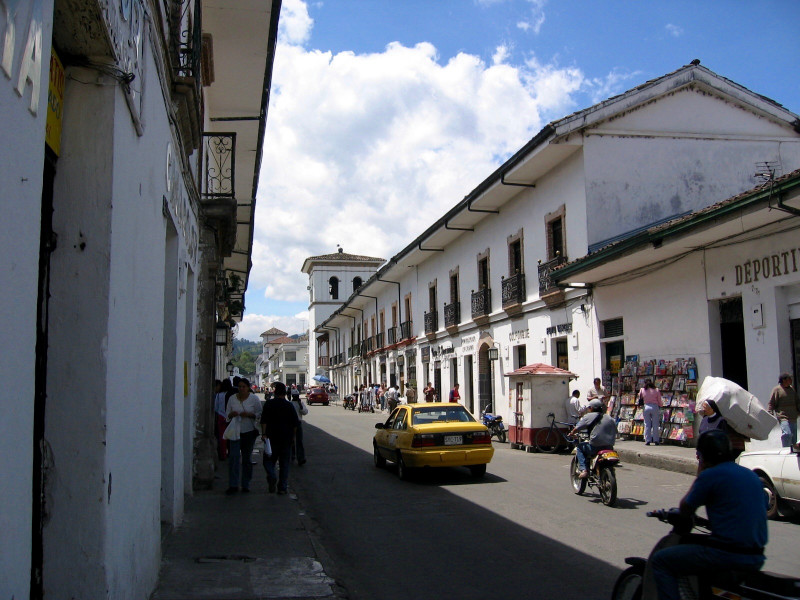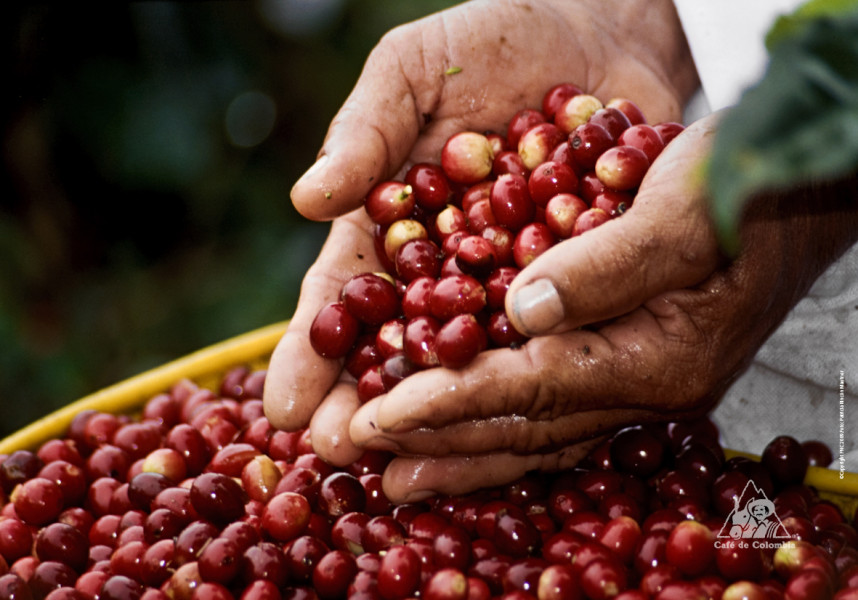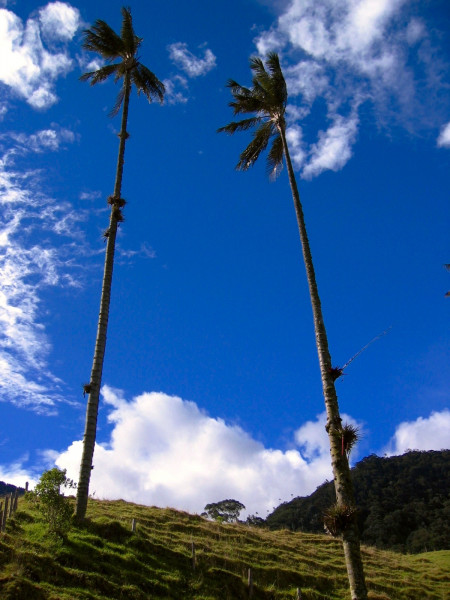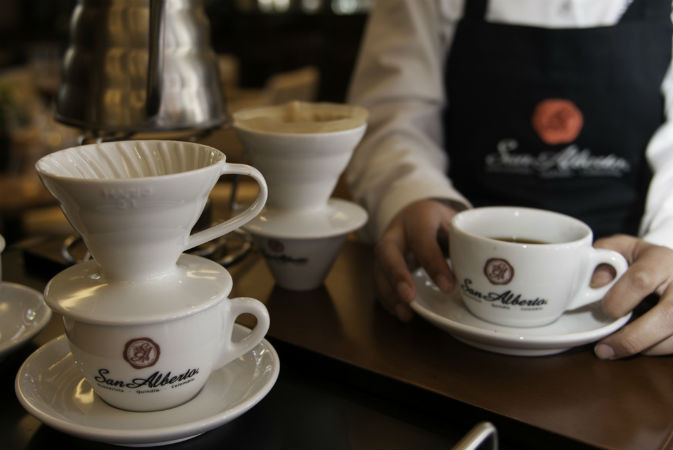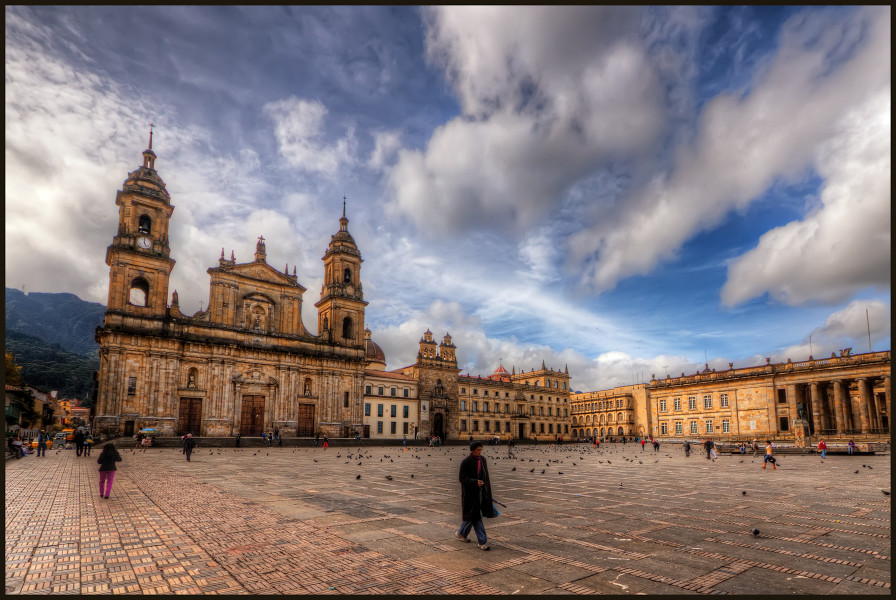The first part of the day will be spent visiting the Parque Arqueológico the principal park in San Agustin containing the most important and largest display of the stone statues. Almost nothing is know about the exact history of the site, or its primary uses, thought its believed that the stone carving
are meant to be in memory of the dead, probably the elders or chiefs or the region. Why the culture that made these sculptures disappeared again is unknown, even more amazing is that all the statues have remain in such perfect condition despite the thousands of years and troubled history of this area.
You will visit the Ceremonial Spring of Lavapatas. The source Lavapatas ceremonial sculpture is the biggest of Augustinian cultures and a monument of magical and religious character. The source consists of a complex maze of canals and pools carved into the stone bed of the creek which combine high relief depictions of snakes, lizards, salamanders, iguanas, chameleons, frogs and turtles mixed with faces and human forms. For St. Augustine culture has symbolized power a sacred site dedicated to religious ceremonies and ritual baths. You can meet native and endemic species of flora and fauna. Then have the opportunity to visit the beautiful natural view, the megalithic sculptures Alto "Lava legs".
The people who lived in St. Augustine, of which very little is known, created a quiet sanctuary surrounded by jungle and mountains: the Forest of Sculptures. Some of his statues show beings with jaguar features, fundamental symbol of the life force from the American people. To finish the day visit the Archaeological Museum which includes significant samples of the work of the sculptor ancestral village.
Then continue onto the village of Obando, a small village two miles from San Agustín, proudly holds a great treasure: ancient underground tombs which were carefully restored and can now be visited. Concrete stairs descend to them and provide access to the enigmatic and gloomy inside. After resurfacing from the tombs, you will visit the Archaeological Museum, housed in a small traditional hut with a thatched roof. The museum features a variety of medium and small-sized stone statues as well as several pieces of ancient pottery found in the region. It also has a small shop selling handicrafts, sweets and traditional foods.
The last visit will be the Magdalena River Strait, which is a particularly fierce and beautiful section of the Magdalena River where the river is forced through a narrow gap. The Strait boasts a landscape of great natural beauty located a few kilometers away from the urban area of the Municipality of San Agustin. The waters in this part of the river are of a beautiful light green color and clear enough to observe the sandy river bed only a few feet below the surface.
Read more
San Agustin/Akawanka Lodge

